 您的购物车当前为空
您的购物车当前为空
Arachidonic Acid Leelamide
一键复制产品信息Arachidonic acid leelamide is a phospholipase A2 inhibitor. Phospholipase A is a hydrolase responsible for the release of arachidonic acid from the sn2 position of phospholipids. The released arachidonic acid is then converted to mediators of inflammation by the enzymes prostaglandin synthetase and 5lipoxygenase, respectively. The inhibition of phospholipase A leads to a decrease in the release of arachidonic acid and, consequently, the inflammatory mediators.
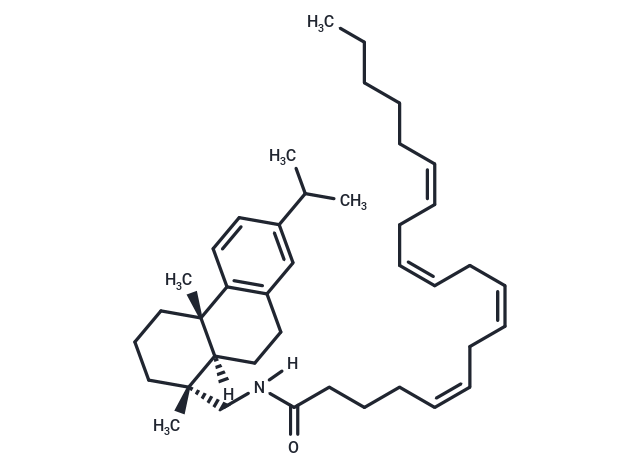
Arachidonic Acid Leelamide
一键复制产品信息Arachidonic acid leelamide is a phospholipase A2 inhibitor. Phospholipase A is a hydrolase responsible for the release of arachidonic acid from the sn2 position of phospholipids. The released arachidonic acid is then converted to mediators of inflammation by the enzymes prostaglandin synthetase and 5lipoxygenase, respectively. The inhibition of phospholipase A leads to a decrease in the release of arachidonic acid and, consequently, the inflammatory mediators.
| 规格 | 价格 | 库存 | 数量 |
|---|---|---|---|
| 25 mg | 待询 | 3-6月 | |
| 50 mg | 待询 | 3-6月 | |
| 100 mg | 待询 | 3-6月 |
产品介绍
| 产品描述 | Arachidonic acid leelamide is a phospholipase A2 inhibitor. Phospholipase A is a hydrolase responsible for the release of arachidonic acid from the sn2 position of phospholipids. The released arachidonic acid is then converted to mediators of inflammation by the enzymes prostaglandin synthetase and 5lipoxygenase, respectively. The inhibition of phospholipase A leads to a decrease in the release of arachidonic acid and, consequently, the inflammatory mediators. |
| 体外活性 | Arachidonic acid leelamide is the arachidonic amide analog of leelamine with no published pharmacological properties. For leelamine, it was found that electron micrographs of leelamine-treated cancer cells had an accumulation of autophagosomes, membrane whorls, and lipofuscin-like structures. In addition, leelamine-mediated killing was a caspase-independent event triggered by cholesterol accumulation in the early process [1]. |
| 体内活性 | In a previous study, authors identified the inductive effect of leelamine on CYP2B at doses of 5, 10, or 20 mg/kg in male ICR mice for 1 or 3 days. It was found that in the liver, the activity of CYP2B significantly increased 3.6-fold after leelamine treatment. Activities of benzyloxyresorufin O-dealkylase and pentoxyresorufin O-dealkylase significantly increased 6.3- and 5.3-fold, respectively, with a single treatment of 20 mg/kg leelamine. Moreover, immunoblot analyses showed that significantly and dose-dependently increased CYP2B10 protein levels in the liver. However, PCR results demonstrated that there were no significant changes in the CAR and CYP2B mRNA levels after leelamine treatment [2]. |
| 分子量 | 571.9 |
| 分子式 | C40H61NO |
| 密度 | no data available |
| 存储 | Powder: -20°C for 3 years | In solvent: -80°C for 1 year | Shipping with blue ice/Shipping at ambient temperature. |
| 溶解度信息 | DMSO: ≤20 mg/mL, Sonication is recommended. |










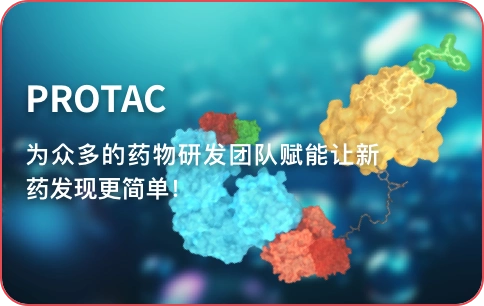
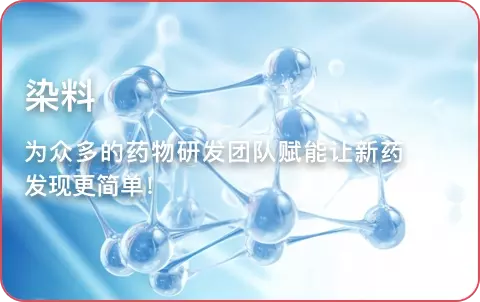



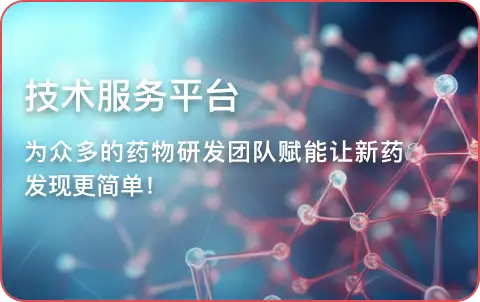
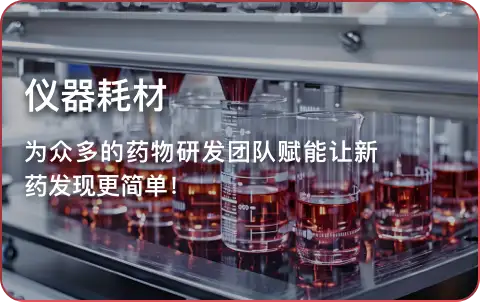

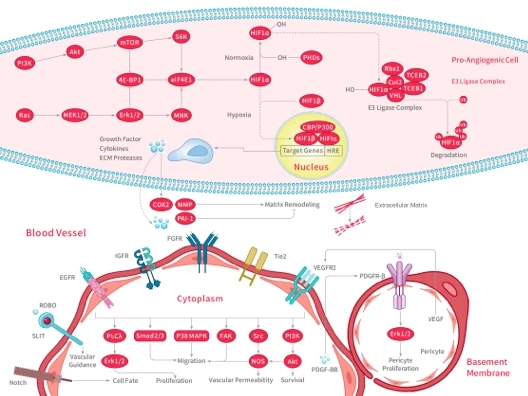
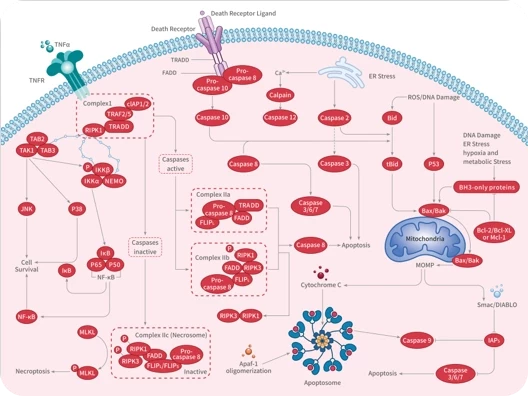
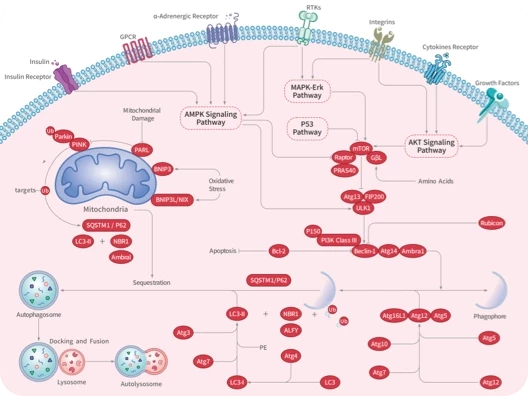

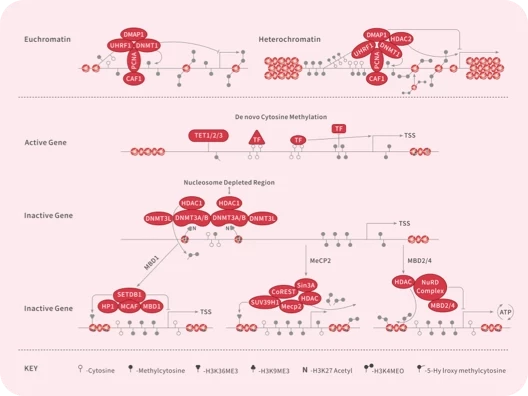

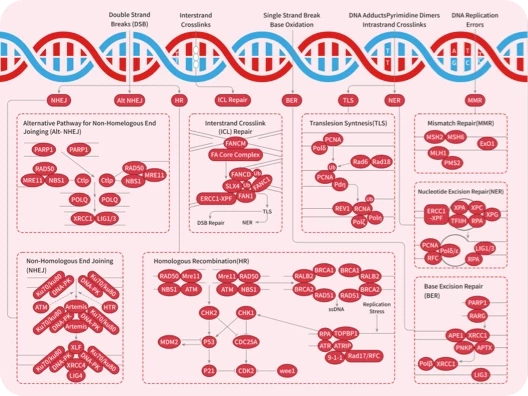
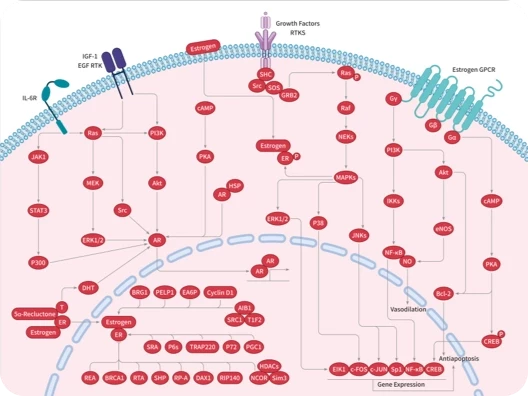
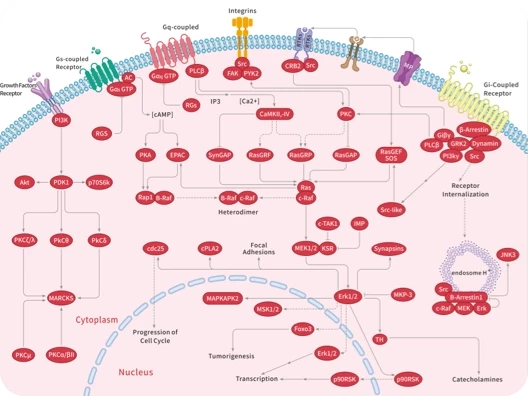
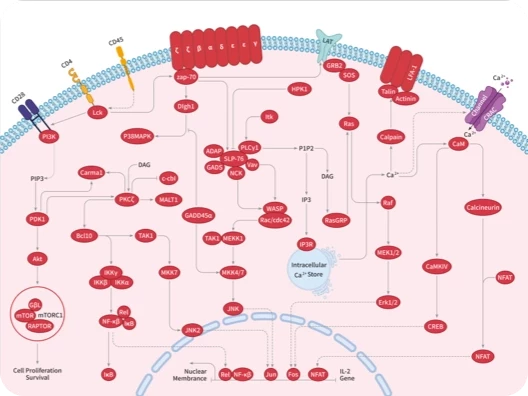
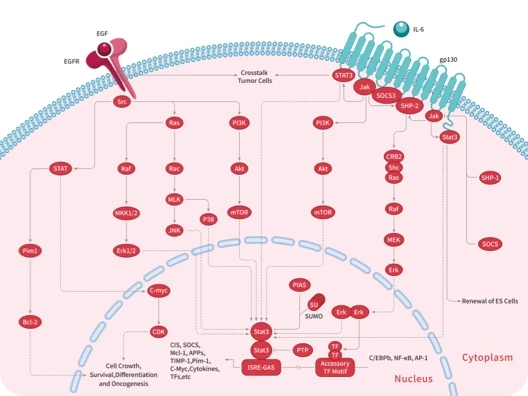
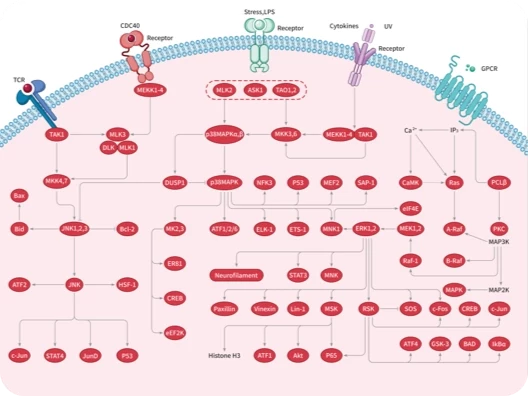
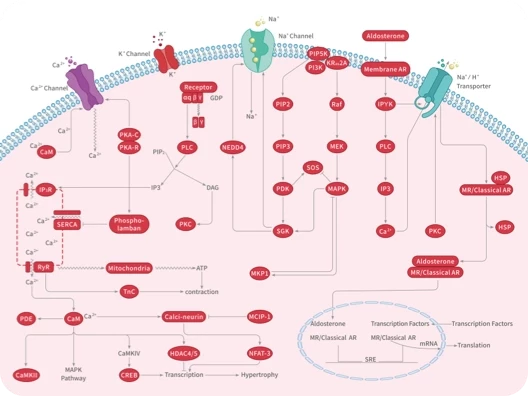
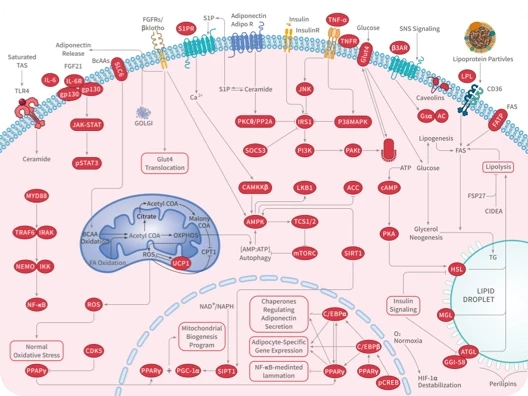
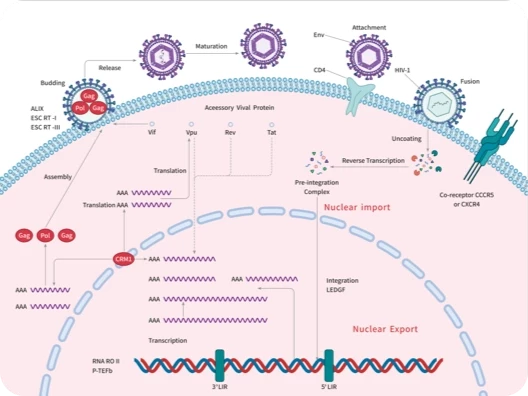

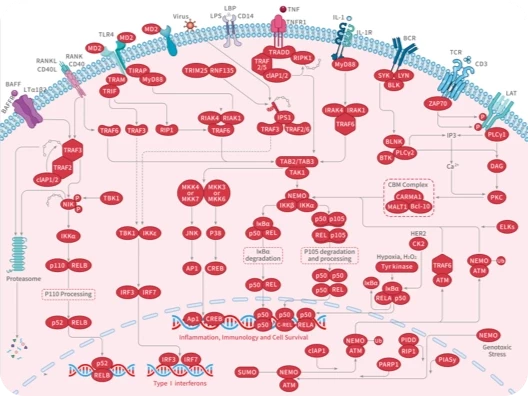

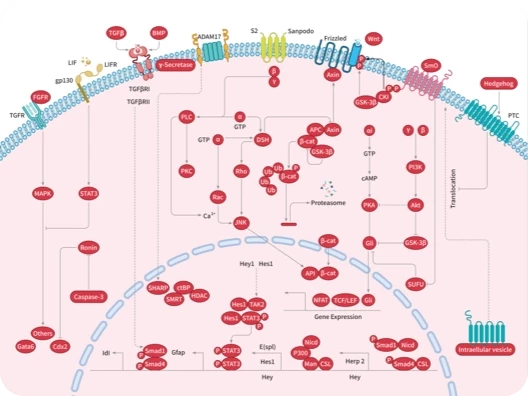
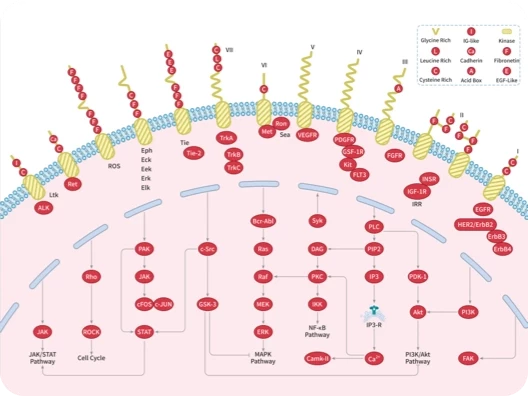
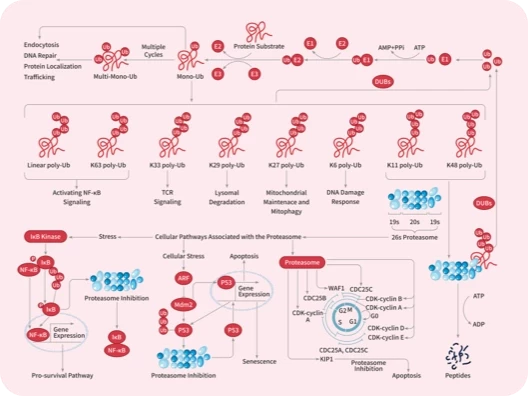


 还可以
还可以

 |
|
评论内容